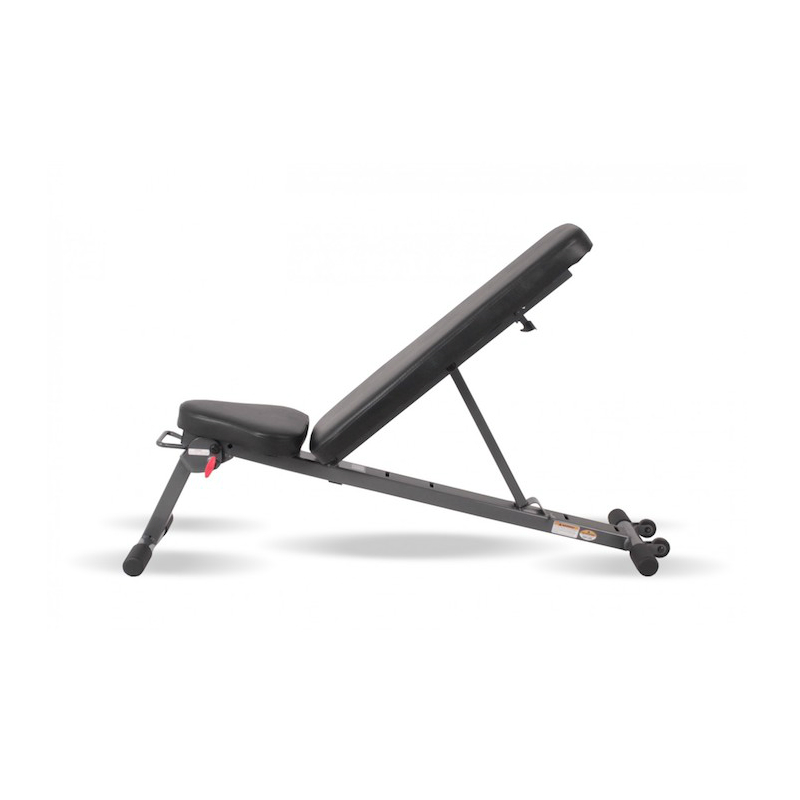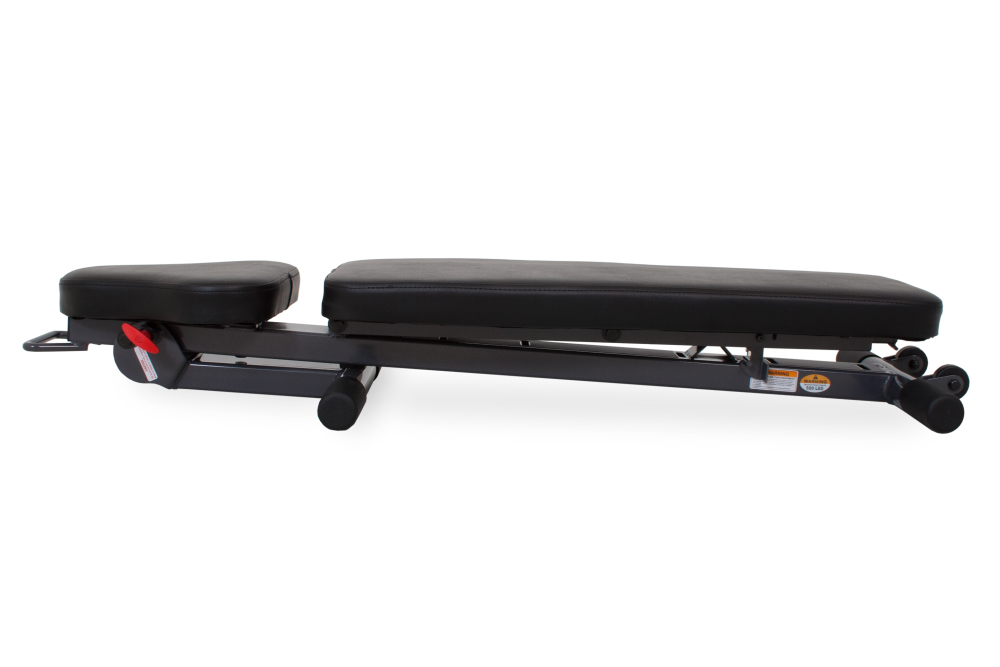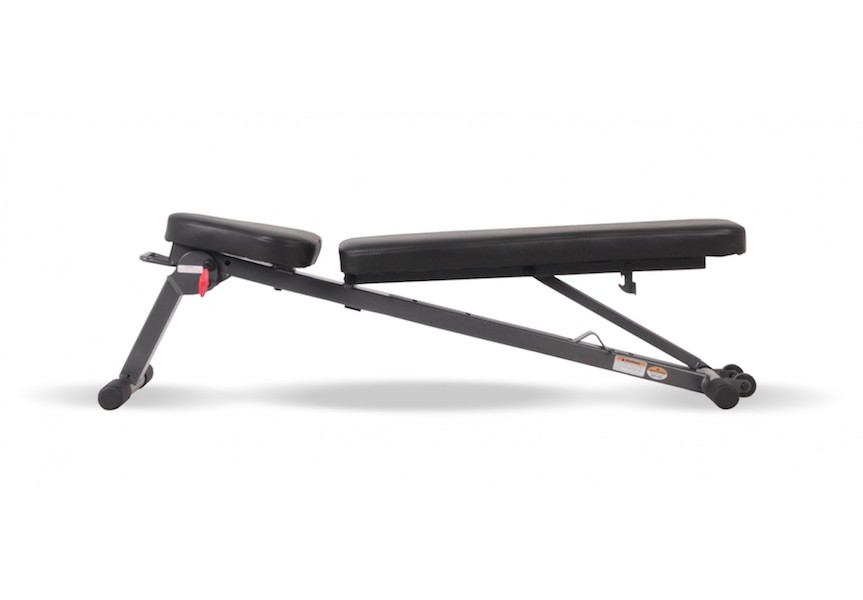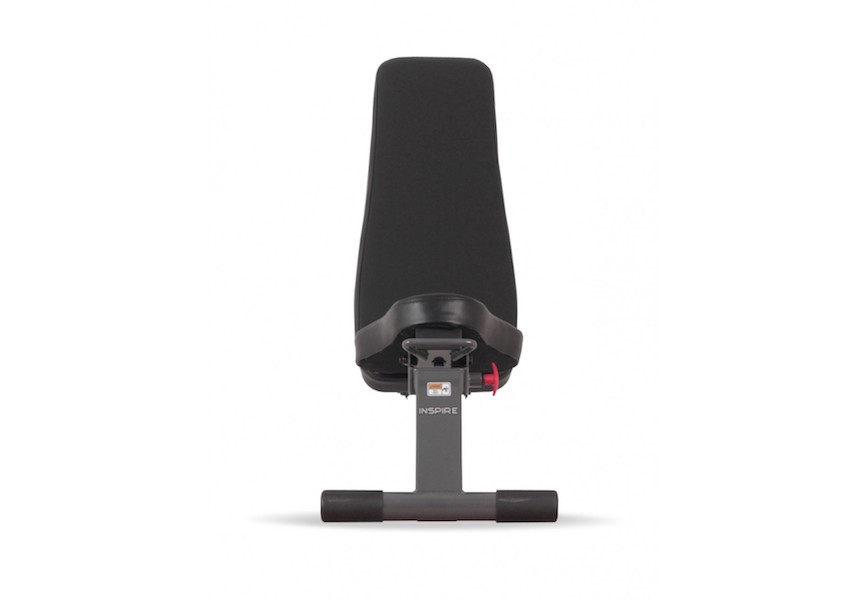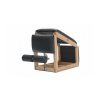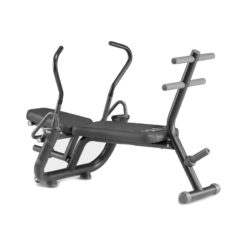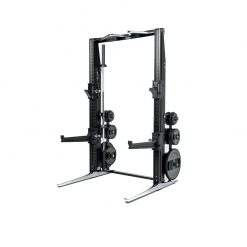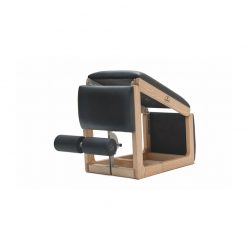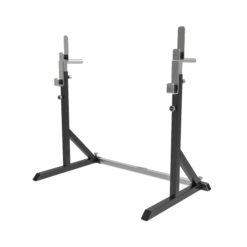Inspire Fitness Folding Bench
Superyacht and home gym customers alike have found the Inspire Fitness Folding Bench to be both practical and hardwearing, whilst also being fantastically easy to store. This is one of the only benches on the market which folds completely flat, meaning it can easily be stowed in a locker, beneath a deck hatch or in a cupboard when not in use.
Please note, the Inspire Fitness Folding bench is currently available for preorder only with expected delivery for late July.


